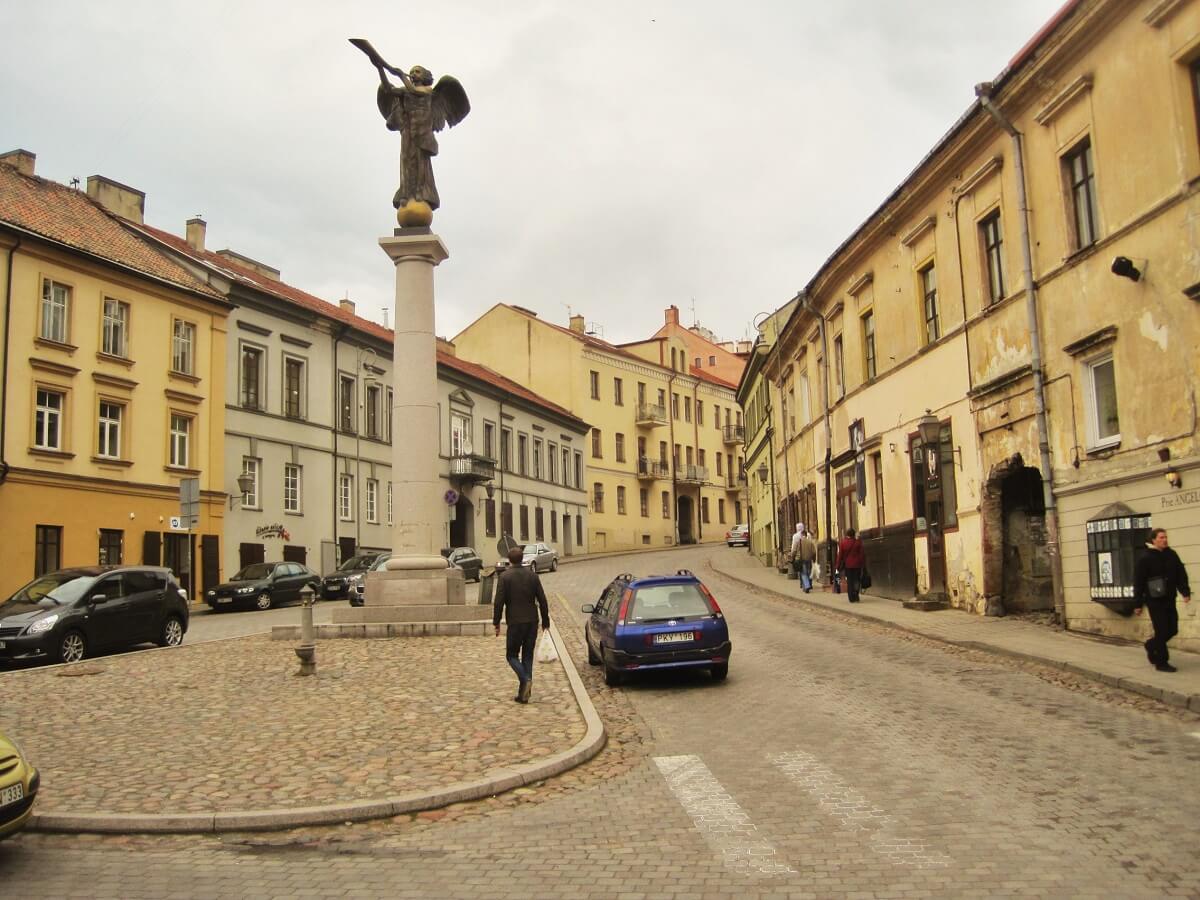
There’s a lot you didn’t know about Lithuania, one of the undiscovered gems of Europe. One of my favourite countries, the place doesn’t get nearly as many visitors as it should, and I’ve always failed to understand why. From the minute I began reading about it, I’ve been fascinated – Lithuania has a more diverse and colourful history than some countries twice its size, and it manages to fit it all into a beautiful little package. Little wonder that I liked it so much.
So, in the hope of inspiring others to become this Baltic State’s newest visitors, here are just a few things I bet you didn’t know about Lithuania.
9 facts about Lithuania
1. Lithuania is the centre of Europe
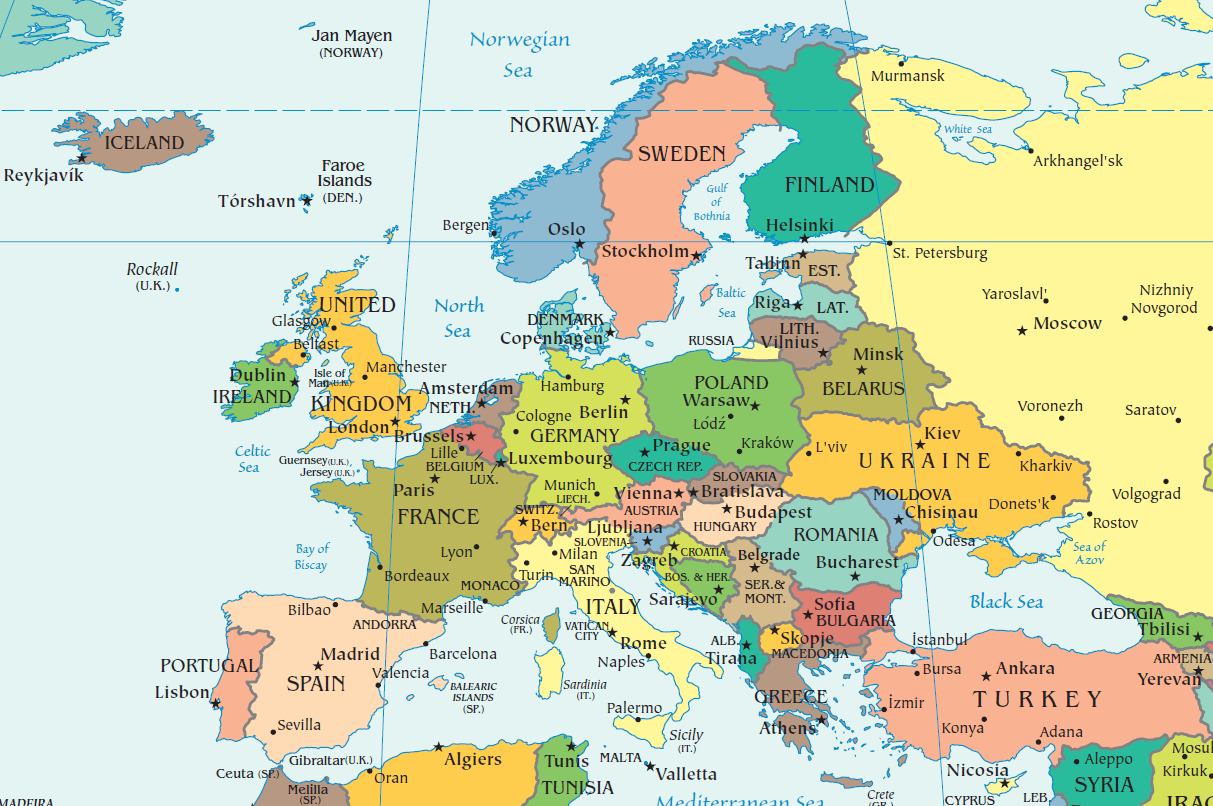
More specifically, 26km north of Vilnius is. Though other places contest the claim, the Lithuanian village of Bernotai is the most commonly accepted geographic centre of Europe and is officially recognised by the Guinness World Record.
2. Lithuania was once the biggest country in Europe
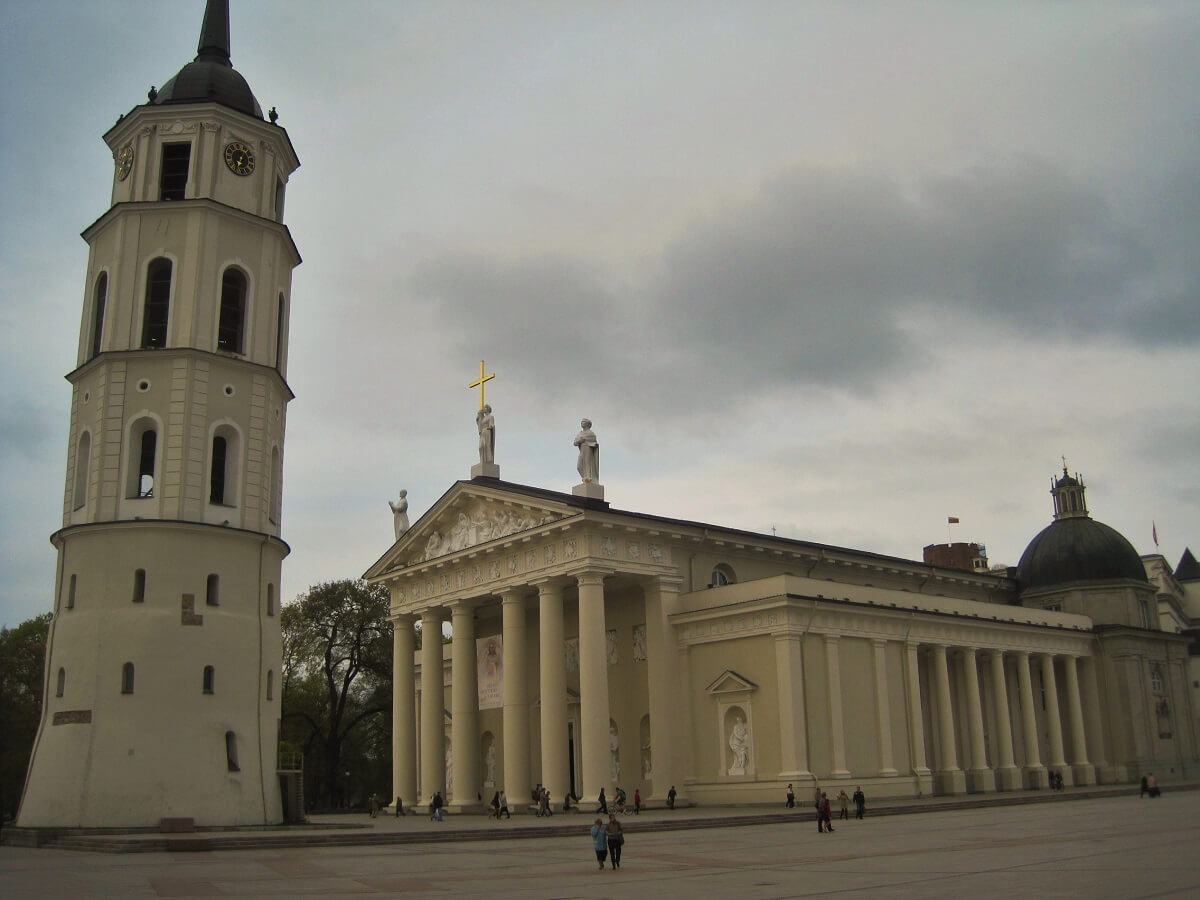
In the 15th century, the Grand Duchy of Lithuania was the largest state in Europe. Stretching from the Baltic to the Black Sea at its greatest extent, it encompassed parts of present day Belarus, Russia, Ukraine, Moldova, Poland, Latvia and Romania. Present-day Lithuania, by comparison, is about half the size of England.
3. Lithuania has one of the largest moving sand dunes in Europe
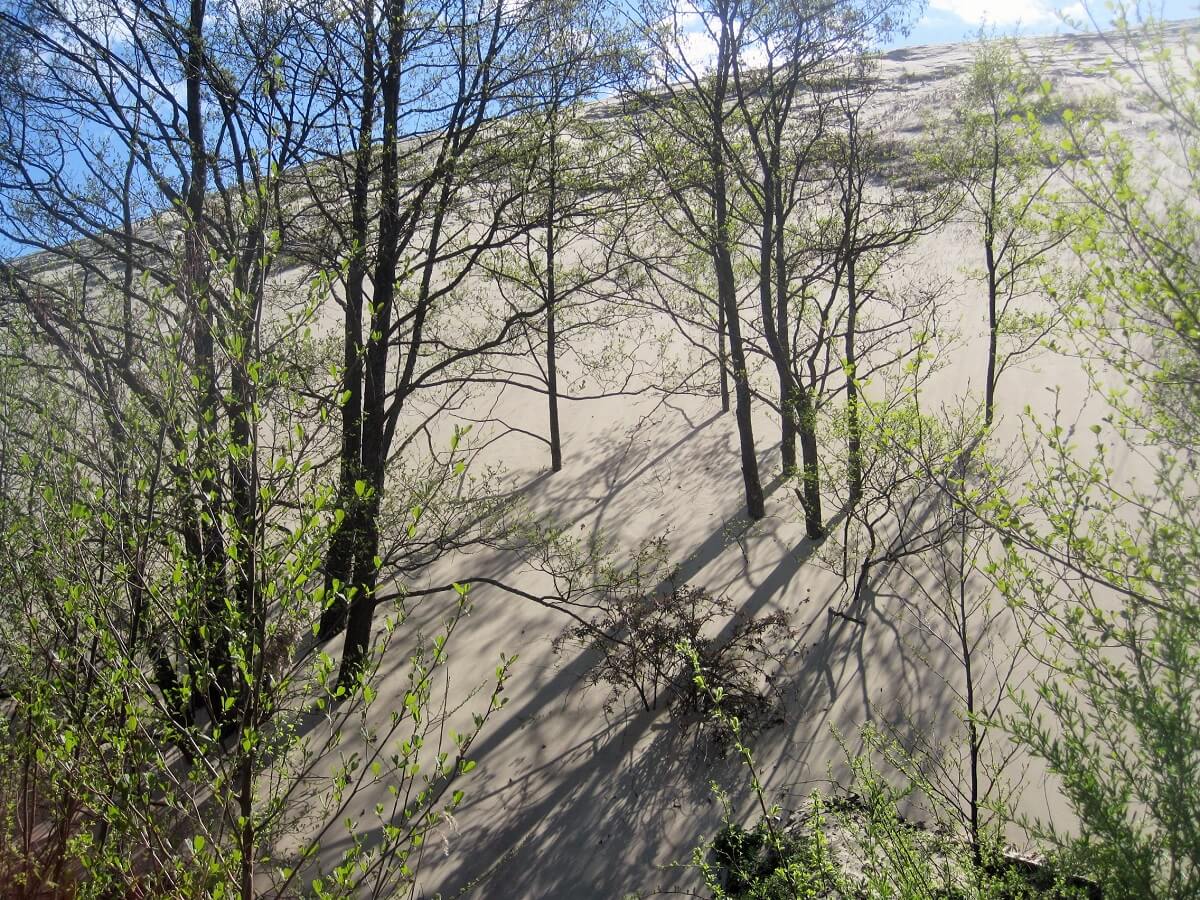
Found on the beautiful Curonian Spit, the Parnidis dune is around 52 metres tall, and still moving.
Read more: The Curonian Spit in photos
4. Lithuania was one of the last pagan areas in Europe
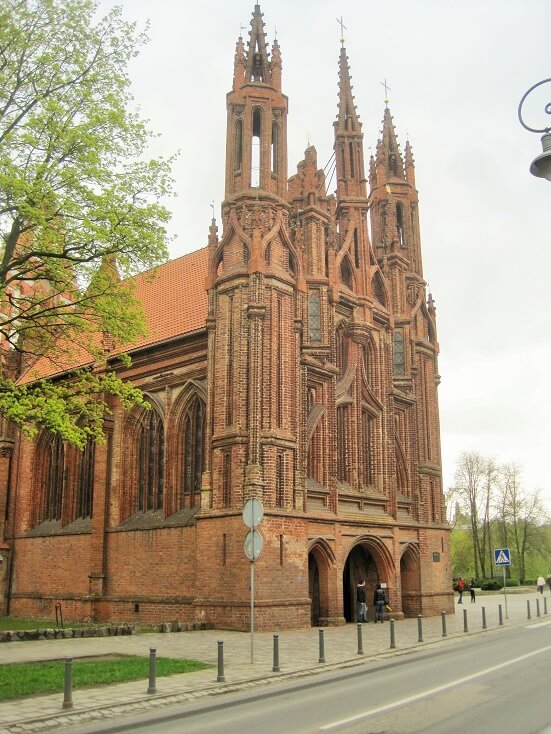
Lithuania only adopted Christianity in the 14th century. This lingering influence can be seen in places throughout the country. However today the country is proudly Catholic, as the unique Hill of Crosses attests to.
Read more on the Hill of Crosses here.
5. Vilnius has a break-away hipster republic

The bohemian quarter of Vilnius, Užupis, declared itself an independent republic on 1 April 1997, drawing up its own flag, stamp and constitution. The constitution includes articles such as ‘every dog has the right to be a dog’. Read more here.
6. Lithuania was the first Soviet Republic to declare independence
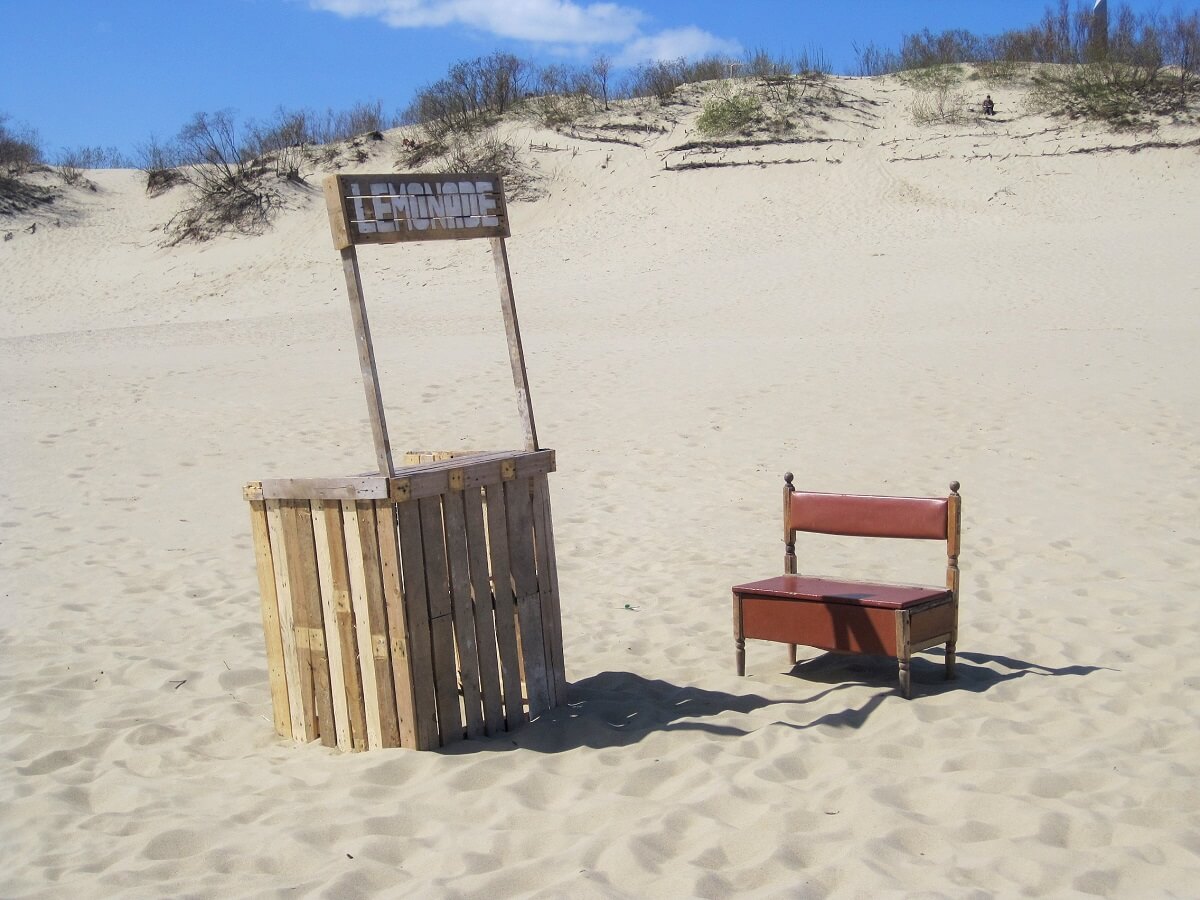
On 11 March 1990, Lithuania became the first Soviet Republic to declare independence. This was a huge blow for the Soviet Union, who fought to try and quash the country’s government, killing 14 civilians. The Soviet Union was dissolved within two years.
7. Lithuanian is one of only two surviving Baltic languages
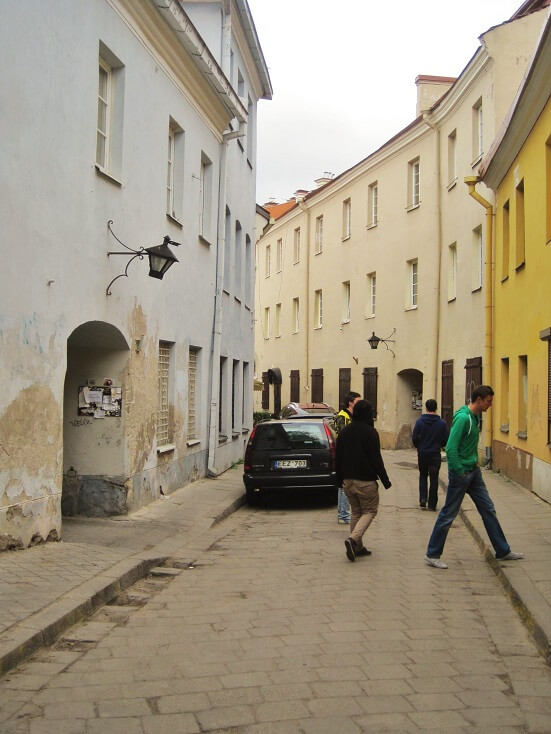
The other being Latvian. Lithuanian is not a member of the Slavic languages, the most predominant language family in Eastern Europe.
8. Parts of Lithuania were once German
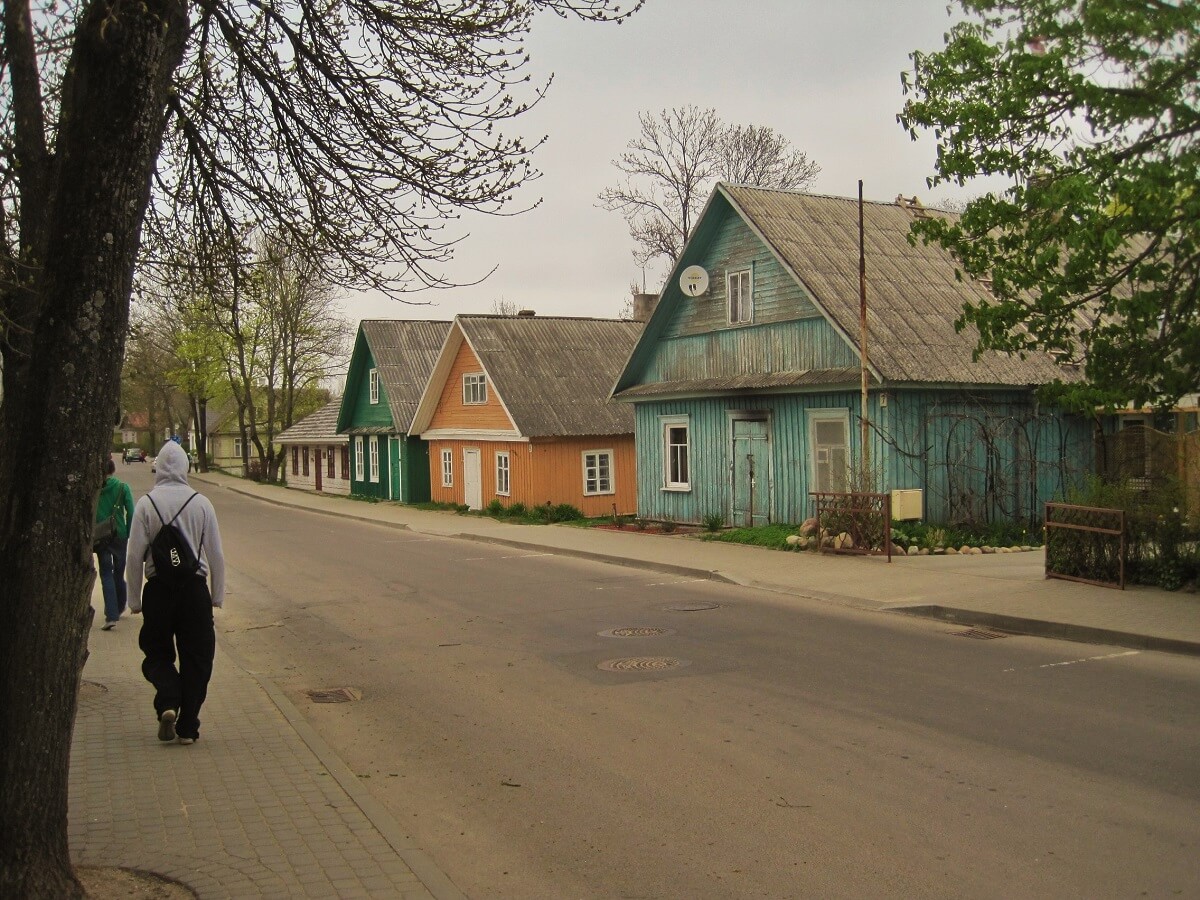
Despite now being a long way away from Germany, much of coastal Lithuania, including Klaipeda and the Curonian Spit was once East Prussia, a part of the German Empire. Klaipeda, known as Memel, was the Empire’s most northerly city and was intended to become a free city, much like Gdansk/Danzig, after World War I. Lithuania occupied the territory in 1923, before the Nazis reclaimed it in 1939. It officially became part of Lithuania in 1948.
This German influence is most obvious on the Curonian Spit. Klaipeda now has a monument in recognition of the Ethnic Germans forced to flee the area after WWII outside the main train station.
9. Lithuania has never won the Eurovision Song Contest
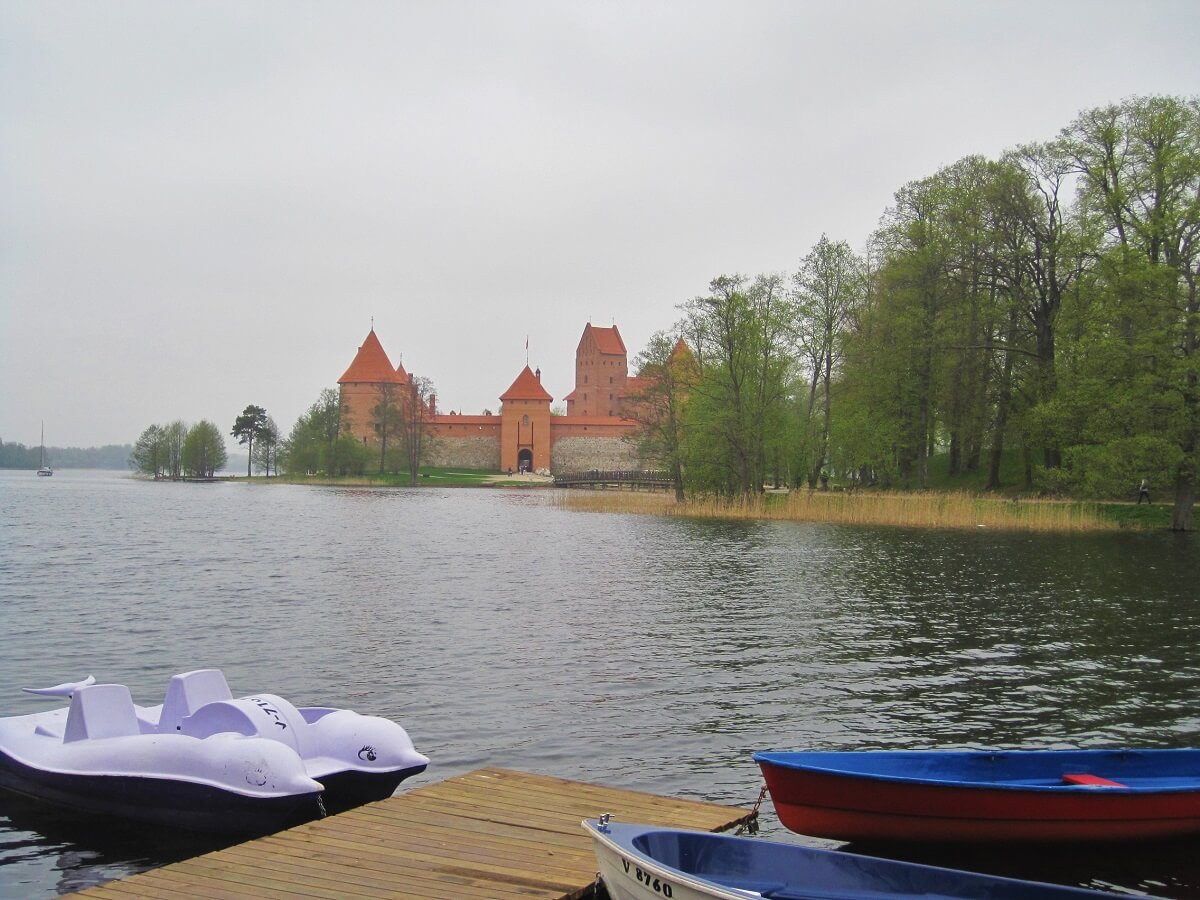
Baltic brothers Estonia and Latvia have both won the contest (in 2001 and 2002, respectively), but Lithuania is yet to raise the trophy. The country has, however, made it to the final on more occasions than Latvia or Estonia.
Read more: National languages and the rise of English at Eurovision
In short, Lithuania is a country well worth visiting, and accessible too, with regular flights to Vilnius and Kaunas with WizzAir and Ryanair to Vilnius, Kaunas and coastal Palanga. I can’t recommend the country enough!


I’m a fan too, although I’ve only seen Vilnius – I must get rotund to seeing more and definitely fancy the coast.
On point 7, isn’t Estonian a Baltic language?
Would definitely recommend the spit! I’ve yet to make it to Kaunas.
Estonian is a Finno-Ugric language, so it’s closely related to Finnish and distantly related to Hungarian. There’s a fair bit of debate as to whether Estonia should even be included with other Baltic States, as it only shares its history of occupation with Latvia and Lithuania.
For me, a Baltic State is one with a coastline on the Baltic Sea, and Estonia is the first one I think of.
Estonian is Finno-Ugric, same as Finish and Hungarian 🙂
I totally agree with you about Lithuania being fantastic!! I didn’t know that the centre of Europe is in Lithuania, though, thank you for teaching me something new!!
What a fun post — thanks! Now I may put Lithuania on my travel bucket list.
You definitely should!
Great information!!! We had no idea – We are off to Lithuania later this year so these bits of trivia are very interesting to know 🙂
Brilliant – you’ll love it! Where abouts are you going?
In Lithuania – not sure yet! But in Europe we are going to several countries…. Russia, Estonia, Latvia, Poland, Czech Republic, France, Spain, Switzerland and try and throw in Luxembourg 🙂
Wow, what an itinerary!
The Baltics is one of my favourite regions to travel and Russia is just an amazing country – hope you’ll be going to St. Petersburg?
Yes – we will definitely be visiting St Petersburg. Russia has been on our to-visit list for many years and we have just never got around to going there. But this year is our chance 🙂
In Lithuania, I would definitely recommend Vilnius (particularly Uzupis and the Genocide museum), the Curonian Spit and the Hill of Crosses!
Ah yes, the Hill of Crosses – that is definitely something we definitely want to see.
Thanks for the recommendations 🙂